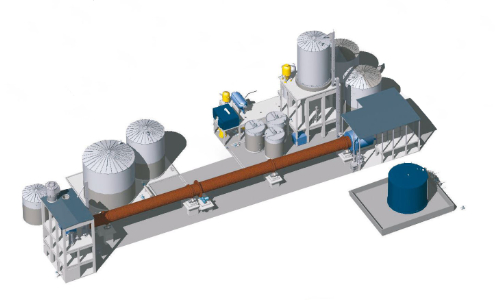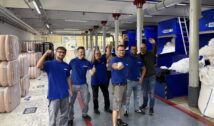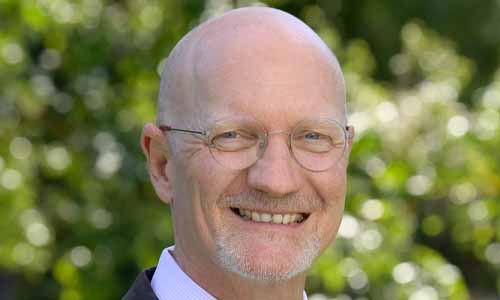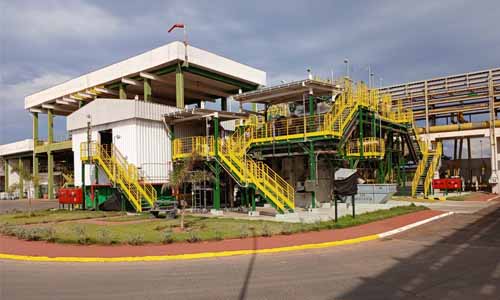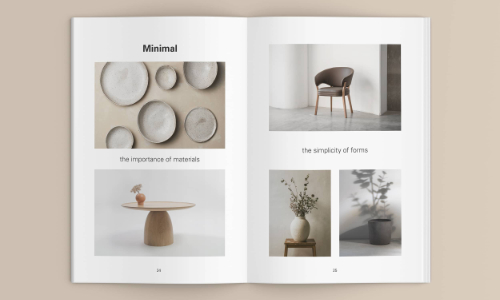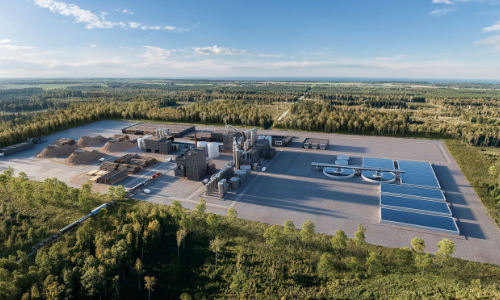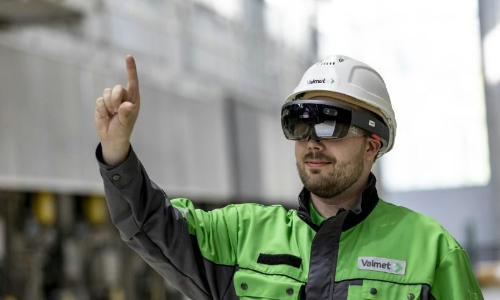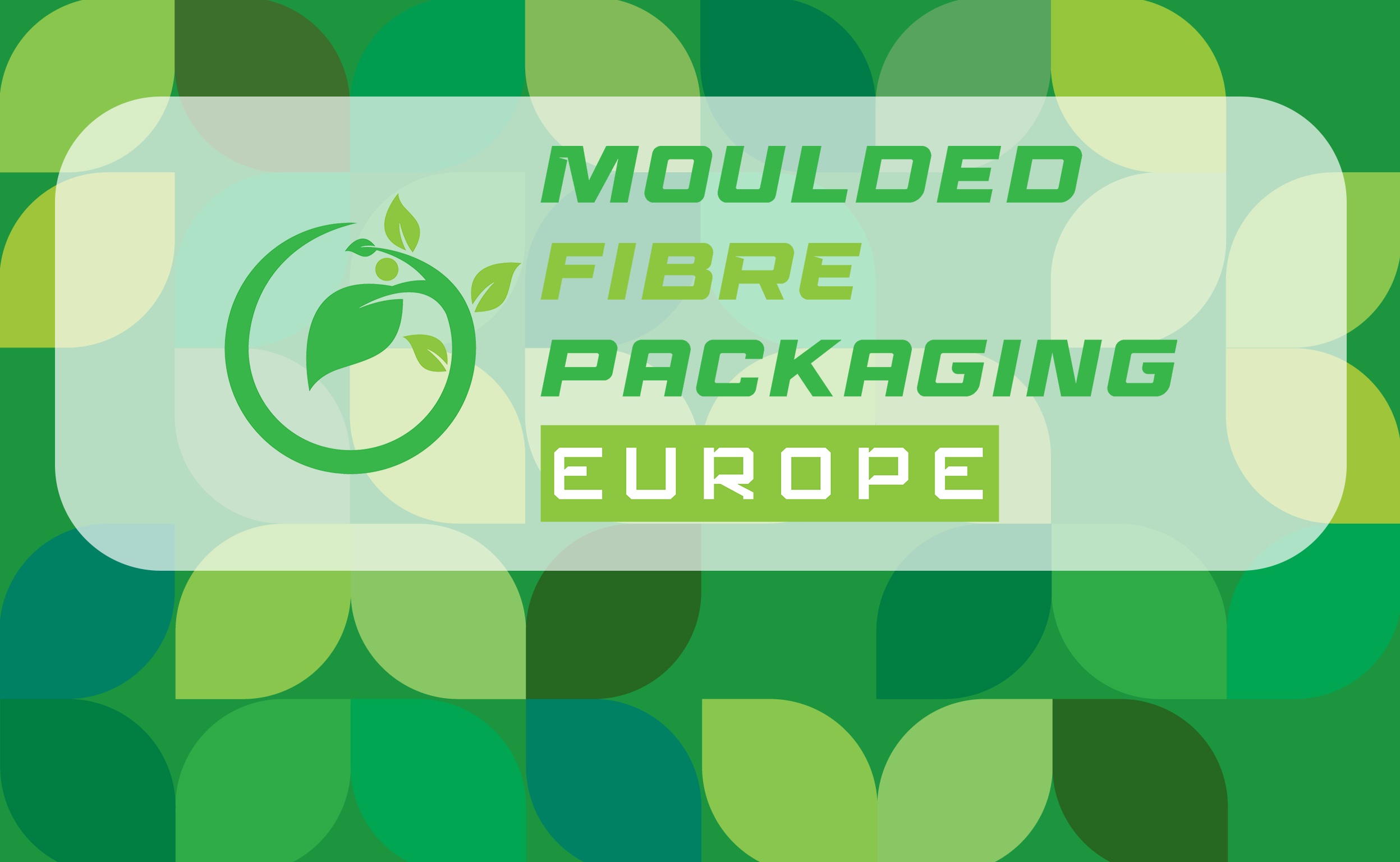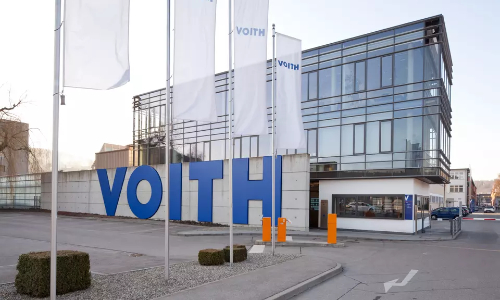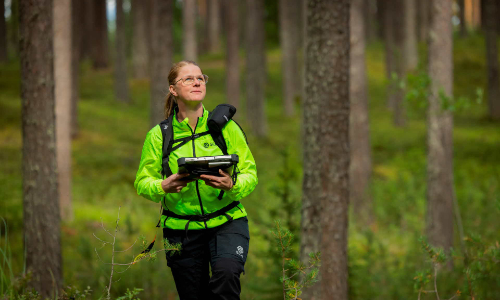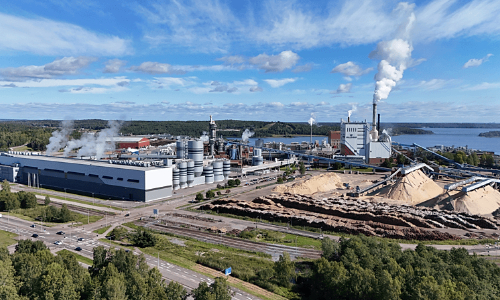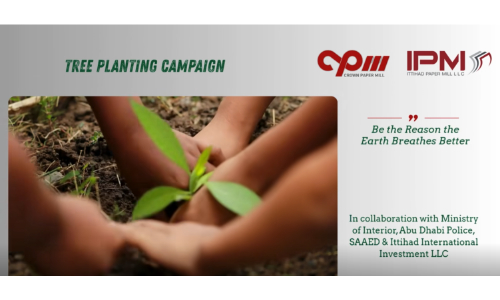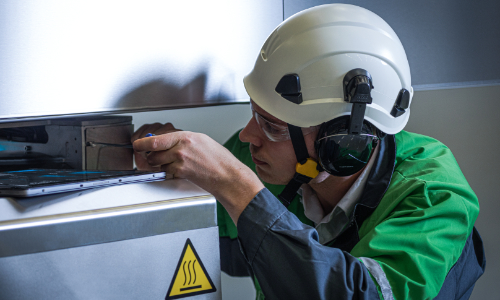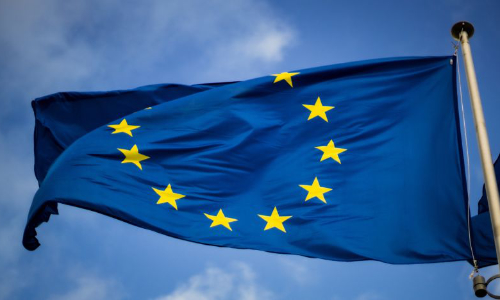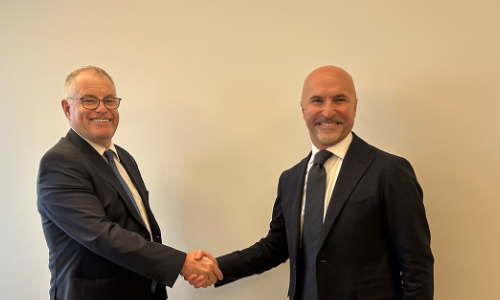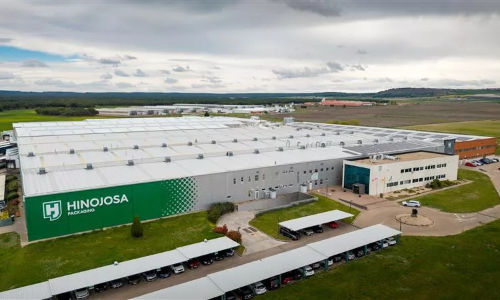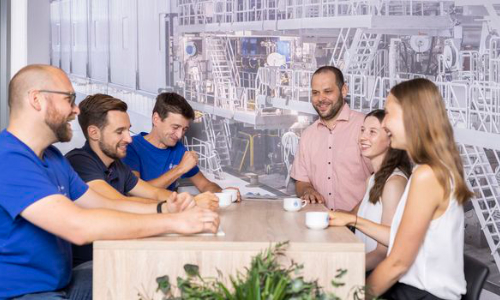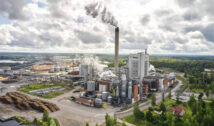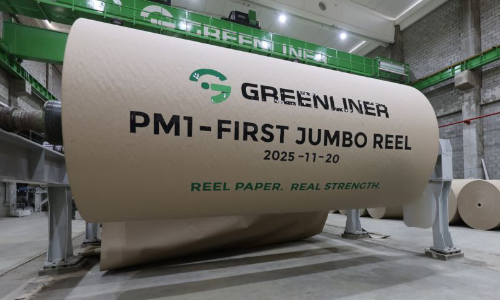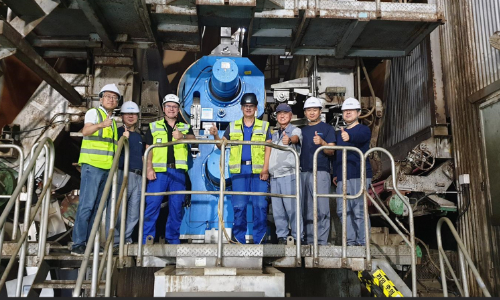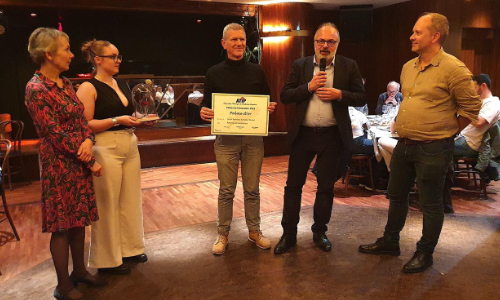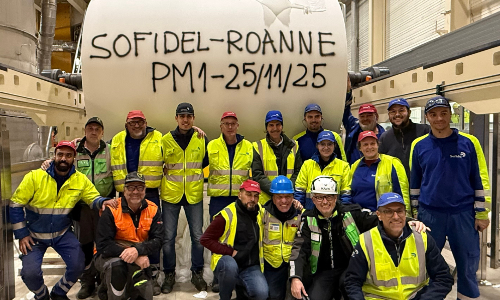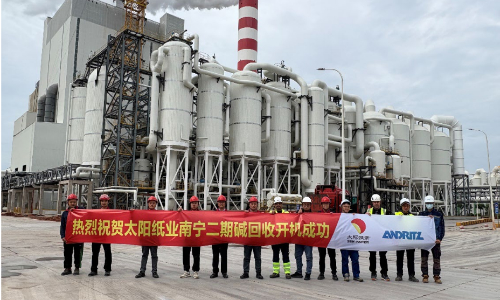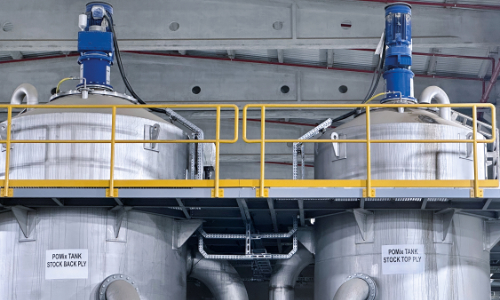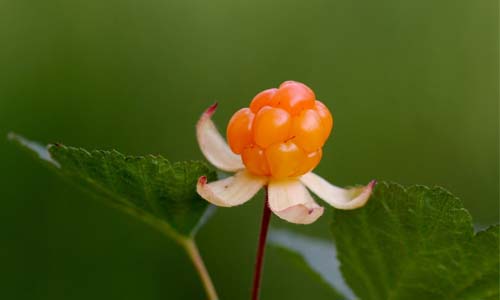
UPM Pulp and WEPA Group have joined forces to promote biodiversity with a habitat restoration project in Finland. The aim of the project is to demonstrate ways to maintain and enhance biodiversity, protect water and mitigate climate change – all key objectives of sustainable forestry.
The companies will together restore an area of round 5 hectares of mire in UPM’s Harviala forest estate in southern Finland to its original wetland state, which is a partly open mire and partly sparsely wooded swamp.
In the coming months, the work will begin with an inventory of the present moss and lichen species on the site, followed by active restoration measures to elevate the water level in the area. This is expected to bring back typical mire vegetation and species such as the plants cloudberry and sundew as well as the bird red grouse. In the long run both parties hope for the return of even more demanding and rare species, such as various types of moss and sedge.
“We are happy to have our partner-customer WEPA joining us to support this development and sharing a joint target of enhancing biodiversity. These restoration activities are part of UPM’s target for net positive impact on biodiversity on company owned land,” says Sami Lundgren, VP, UPM Responsibility.
“In this way we are creating biotopes for native plants and animals, and making a contribution to biodiversity, climate and water. As a company focusing on sustainability, supporting this project is very important to us,” says Stefan Gräter, Head of Sustainability, WEPA Group.
Mires and bogs are peatland ecosystems where ground water is near the surface due to the ground elevation pattern and specialised plants withholding the water. The water slows the decaying of plants which form peat after dying. In the past, mires and bogs were commonly drained in many places around the world to create additional land for agriculture and forestry as well as a source of energy. Today there are several mire and bog restoration projects ongoing in Finland.
Mika Nieminen, Principal Scientist of the Natural Resources Institute Finland has visited the target area and comments: “The area fits well for restoration activities and beneficial consequences can be expected for biodiversity and water protection in the longer term. Restoration itself is a learning process and after the restoration activities this can serve as an observation area for scientists and other operators.”
UPM and WEPA will continue following developments in the area, reporting on the findings and sharing information on wetland dwelling species. What’s more, the companies are interested in further cooperation in similar projects.


